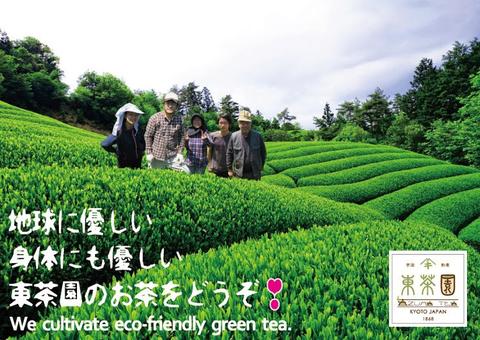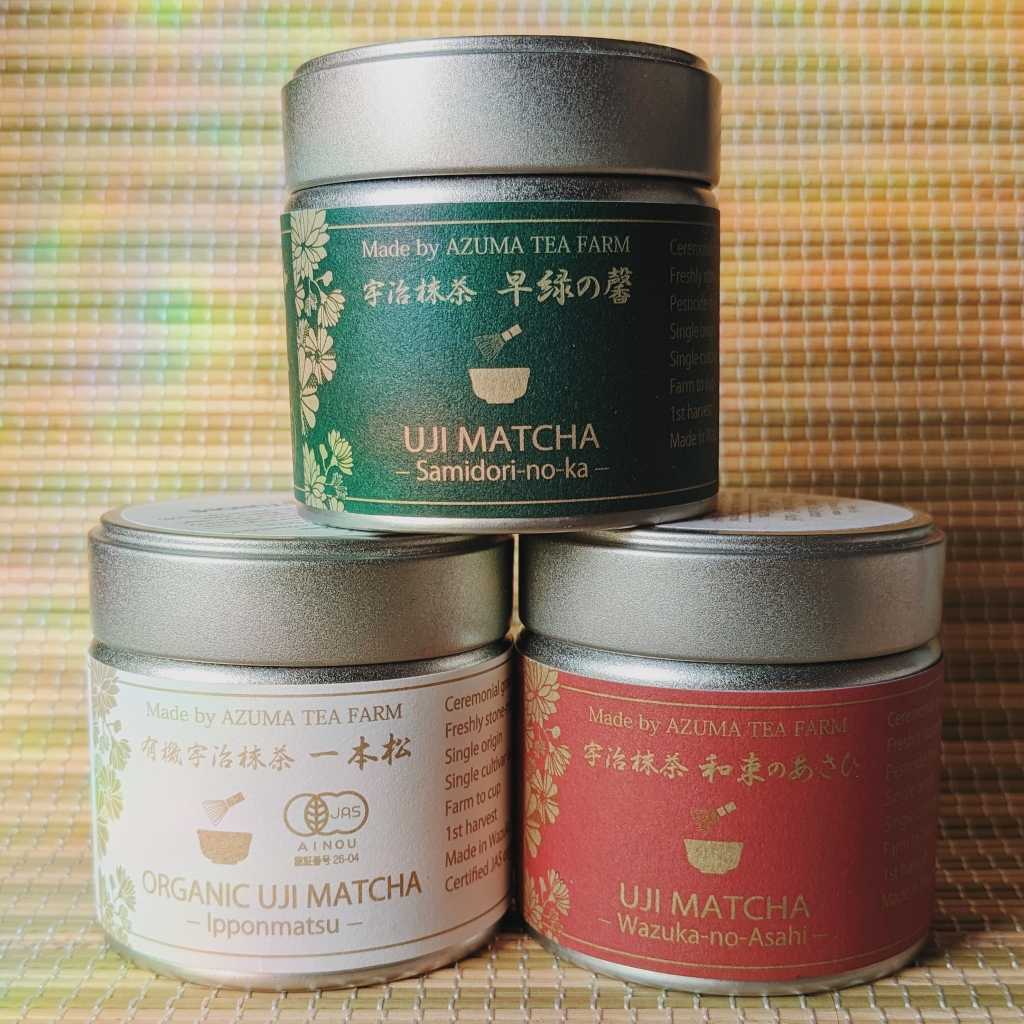The main focus of my blog over the last few years has been to shine a light onto Japanese tea and help as many people as possible gain in depth knowledge of the Japanese tea industry while aiming to support Japanese tea farms / farmers of all sizes. So during this year I’ll be continuing to do the same throughout a series of six posts. This series will highlight six Japanese tea farms and help you learn more about them and the work that they do, as well as featuring my overall thoughts on the teas I have tried from each of them.
Starting with Azuma Tea Garden, whom I have featured many times on my blog and over on Instagram, as I have slowly been working my way through trying their single cultivar matcha series for a while, alongside sipping on their loose leaf offerings. Given that I have tried so many of their offerings in recent times, I figured they were undoubtedly the best farm to start off this series with. Azuma Tea Garden is a family run, fourth generation tea farm specializing in tencha tea leaf cultivation and processing. It was founded in the late 19th century, and currently the family manages tea fields located in the mountains of Wazuka, Kyoto, Japan. While not fully certified organic yet, they are in the process of converting to organic cultivation. Their tea fields are located in the eastern part of Wazuka-cho, where neither trains or major roads run. Azuma-san’s farm is a fully vertically integrated operation, managing their own fields, initial tencha processing, finishing and most recently, their own stone mill grinding.

I have had the pleasure of sampling quite a few teas from Azuma Tea Garden, including multiple single cultivar matcha, and two of their oolongs. The most prominent through line between all of the teas is the consistent level of quality.
The Matcha Cultivar series, which consists of ten stone ground, single cultivar matchas, is a fantastic learning tool and while I am yet to sip my way through all ten, it has already helped me to learn how to pick out both the standout and subtle differences between each one. While some of the cultivars used work better than others for matcha, they are all of consistently great quality that allows each to be enjoyed in its own way. Their Gokou Matcha was the first Gokou cultivar tea I tried and I adored it, which led to my deep exploration of the cultivar and my decision to name it as my favourite cultivar for Japanese green tea. If you are looking to take a deep dive into matcha and closely explore different cultivars, try out the cultivar comparison set, or purchase the full size tins if you want to experiment a little more and can afford to do so.

The majority of my focus when it comes to Azuma has been on their matcha, however I have sipped on two of their oolongs which were both single cultivar teas and just as consistent in quality as their matcha, making them one of the most consistent tea gardens I have experienced since I started my blog. I’ve tried the Yamato Midori and Uji Midori oolongs, both of which I thoroughly enjoyed because I was able to see how those cultivars worked when used for something other than green tea and explore the ways in which the leaves are processed can truly change so much. They are the best examples of just how much more there is to the world of Japanese tea than the green tea, and I would recommend them first when people ask me for recommendations that will allow them to explore that world in a more in depth way.


Aside from the teas I have previously mentioned, they also offer Wakocha, Kabusecha, Gyokuro, Hojicha and Genmaicha and if my experiences with them so far are anything to go by they are bound to be just as consistent in quality and an absolute pleasure to sip on. I myself look forward to exploring more of what they have to offer through 2024.
Until next time, Happy Steeping – Kimberley
Leave a comment